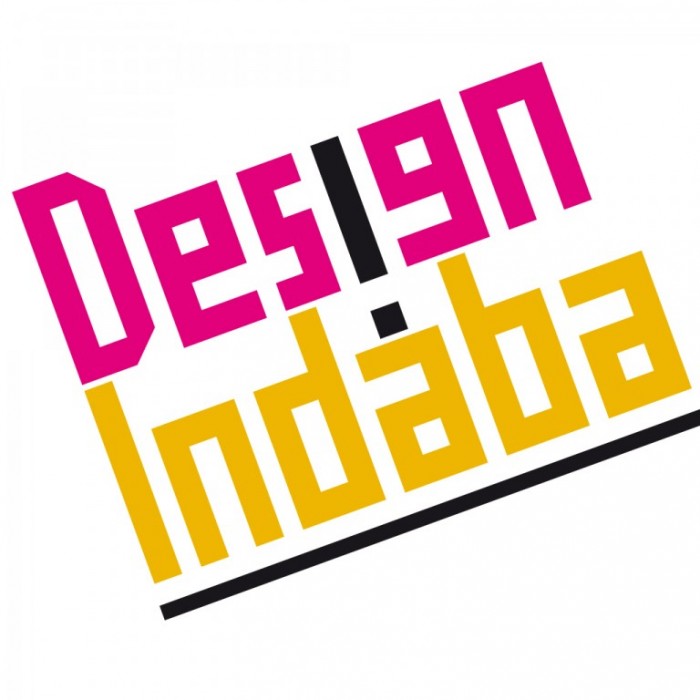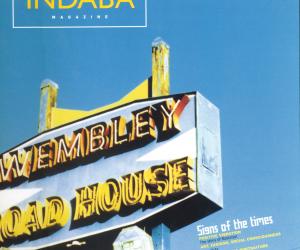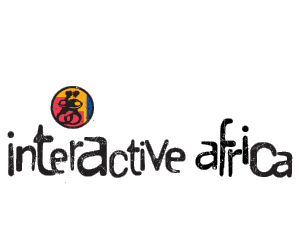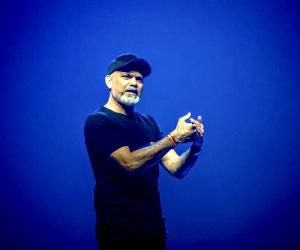First Published in

The early seeds of the Indaba were sown at a time when South Africa was on the cusp of reinventing itself. Back then, in 1994, business was set to embrace the new order that had emerged from decades of apartheid, disempowerment and isolation.
For most, opportunities lay in initiatives that promised a measure of commercial success. For Interactive Africa (IA), however, the opportunities lay not in immediate financial gain, but in working out a way to add value to and build the brand of the biggest new enterprise of all, South Africa Inc.
The company began to examine ways in which it could apply its core competencies to uplift and promote the brand image of the revitalised country. Building on the premise that the various disciplines of design are an accurate barometer of contemporary culture, IA's approach led directly to the institution of the Design Indaba, now an annual event which attracts speakers and delegates from all over the world.
IA believed that pure design had the potential to reflect the New South Africa as much as it reflected the corporate identities, products and buildings it focused on. Yet, in spite of political and social advances, the design work being produced by agencies and individuals was fractured and dissonant, reflecting little more than the country's fractured and dissonant recent history.
Also, while South Africa had always been a strong producer of primary commodities, it was particularly weak at adding value. As the world's leading gold producer, for example, it relied on Italian jewellery designers to add value to the metal. The Design Indaba, as far as IA was concerned, would be the perfect opportunity for South African designers to add value to local products and businesses, while providing a common glue for a divided design community.
The responses from some quarters of the local design fraternity to the idea were unanimously negative: 'sheer madness', 'a waste of time, money and effort', 'don't take the project an inch further' were some of the kinder rebuttals put to IA. This chorus grew even louder once IA revealed that it had rejected typical conferencing models, that the project was actually more about lifting the profile of South Africa around the world than about putting bums on seats.
In February 1995, the First International Design Indaba was held in Cape Town. By all accounts, it was a runaway success. An independent research company found that delegates' rating of the speakers averaged an astounding 90%. Behind the scenes, IA took a handful of the speakers on a whirlwind tour of South Africa, exposing them to everything from slick corporate designs to gritty township work. The result was a full-length feature showcasing a broad spectrum of South African design in Communication Arts' design annual penned by its editor Patrick Coyne.
Subsequent Design Indabas have gone from strength to strength. The philosophy which countered the negative responses had proved valid: lead with passion and the money will follow.
Not that the Indaba has proved to be a cash-cow: profits generated are invested in other complementary projects initiated by IA. Although the Indaba had proven itself to be a self-contained success, IA wanted to build on potential synergies in order to make design a popular movement, inviting business, government and society to realise and acknowledge that design would enhance South Africa's competitive advantage in the future. As IA put in its presentation to the Department of Trade and Industry, the less South Africa's economy depends on commodities and begins leveraging its products and services globally, the more crucial it is to have a healthy and vibrant design industry. As vital as image and branding are in differentiating South African products, the argument ran, so is design in positioning South Africa as the leader of the African Renaissance.
Given the weakening Rand (SA currency) on one hand and the creative strengths of the industry on the other, IA believes that our designers should be exporting their skills and products to the rest of the world. Local designers are more than capable of adding to the international design mix a totally new discourse - a uniquely African perspective and aesthetic grown from a unique socio-political situation.
The obvious question is how an annual design conference might achieve these ideals. IA's answer is that in isolation it will not. And so, the company has introduced a number of spin-offs / new initiatives to promote design. IA is determined to ensure that further viable ideas on promoting the local design industry will come to be, and that they will be followed up with the same energy and commitment as the current projects.
CTME
The first step was to establish the Cape Town Major Events Company (CTME) as an IA subsidiary. Staffed by the original Indaba project team, CTME applies the knowledge and experience it has gained to host other events that are market leaders in their category, quintessentially Cape in character and global in reach.
The Design Indaba* Workshop Series
IA plans to hold these highly interactive workshops for young designers and students in various venues around the country on a quarterly basis. The inaugural seminar took place in Durban in late August this year. Run by Vince Frost of Frost Design, London, whom IA flew out for the event, the one-day workshop required delegates to create a magazine celebrating Durban as an African city.
The first event, A Frosty Day in Durban, cost delegates just R150 each - barely enough to cover materials and refreshments. This pricing strategy was learned from the Design Indaba, which aims to offer the best value-for-money design conference in the world.
Given that the average price for a two-day conference in South Africa is R5 500, the Design Indaba's R3 000 cost does appear to offer good value indeed. In fact, even though an early-bird discount of 10% is offered to Indaba delegates, prices have increased by only 5% since 1995.
From an international perspective, the value is even more apparent. Recently, a member of CTME attended the 51st sitting of an international design conference in the USA at a cost of R35 000.
The Design Indaba Young Designers' Trust (YDT)
This was established to extend design exposure and training to young people outside of the established graphic design fraternity. IA believes that the greatest barrier to entering the industry for many is simply a lack of knowledge about it. It is crucial to expose young people to the possibilities of transforming their natural talents into viable careers in the world of design.
Construction New Media Awards (NMA)
Launched in January 2001, the award ceremony coincided with the 4th International Design Indaba on 1-2 March. Initially sponsored by IOL, NMA is a first for South Africa. Although other award ceremonies do recognise interactive work, NMA specifically honours only interactive work, both from a creative and functional perspective. The NMA was established to become South Africa's most coveted award within the medium. Credibility was enhanced by placing internationally renowned professionals such as Neville Brody, Tom Roope and Thomas Mueller on its judging panel, something made possible through NMA's association with the Design Indaba.
Work entered into NMA is judged across five disciplines, irrespective of subject matter or target market: web-sites, Intranets, .exe files, CD-ROM's and online advertising.
Design Indaba Magazine
IA launched the quarterly Design Indaba Magazine in January this year aiming to inspire the international creative arts fraternity as well as the associated marketing industry with African-generated creative perspectives. The picture post-card view of South Africa is well known internationally, but little exists to contribute fresh views to the world's collective imagination.
Published quarterly, the magazine is distributed through the premier Exclusive Books chain in South Africa, and through bookstores in 12 cities around the world.
Design Indaba shows you the Africa you don't see on CNN or the Discovery Channel.













